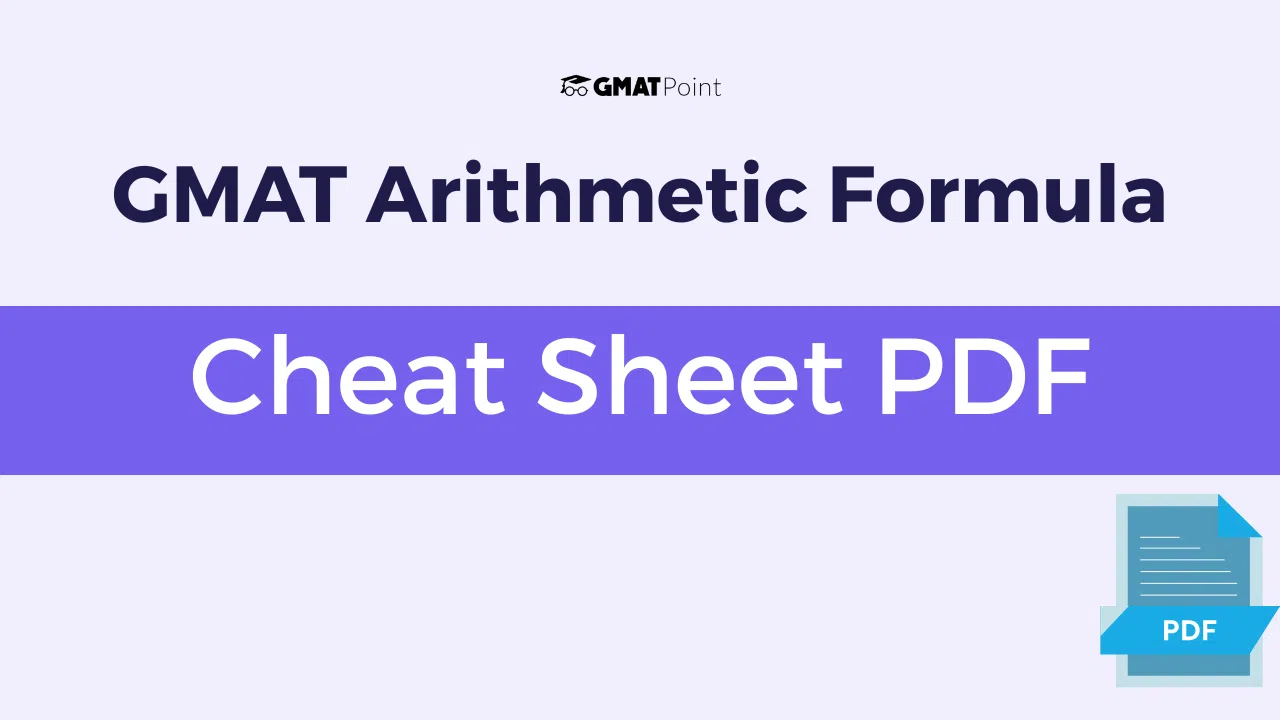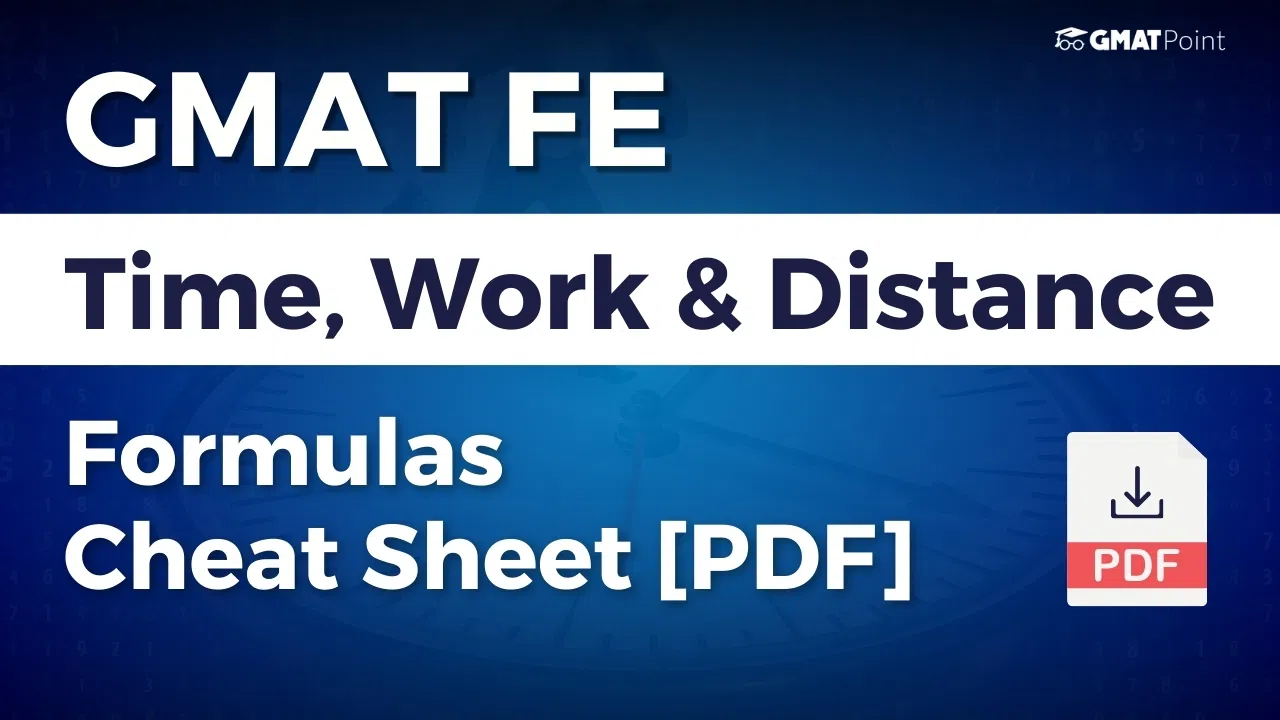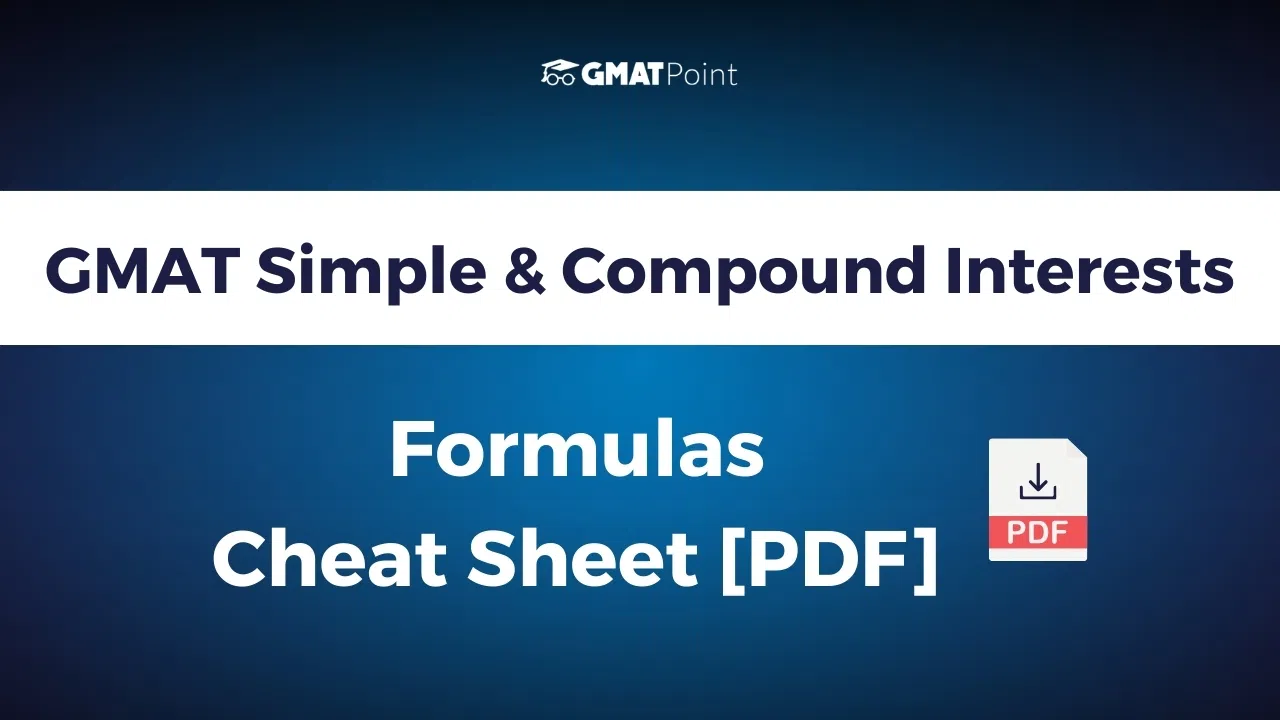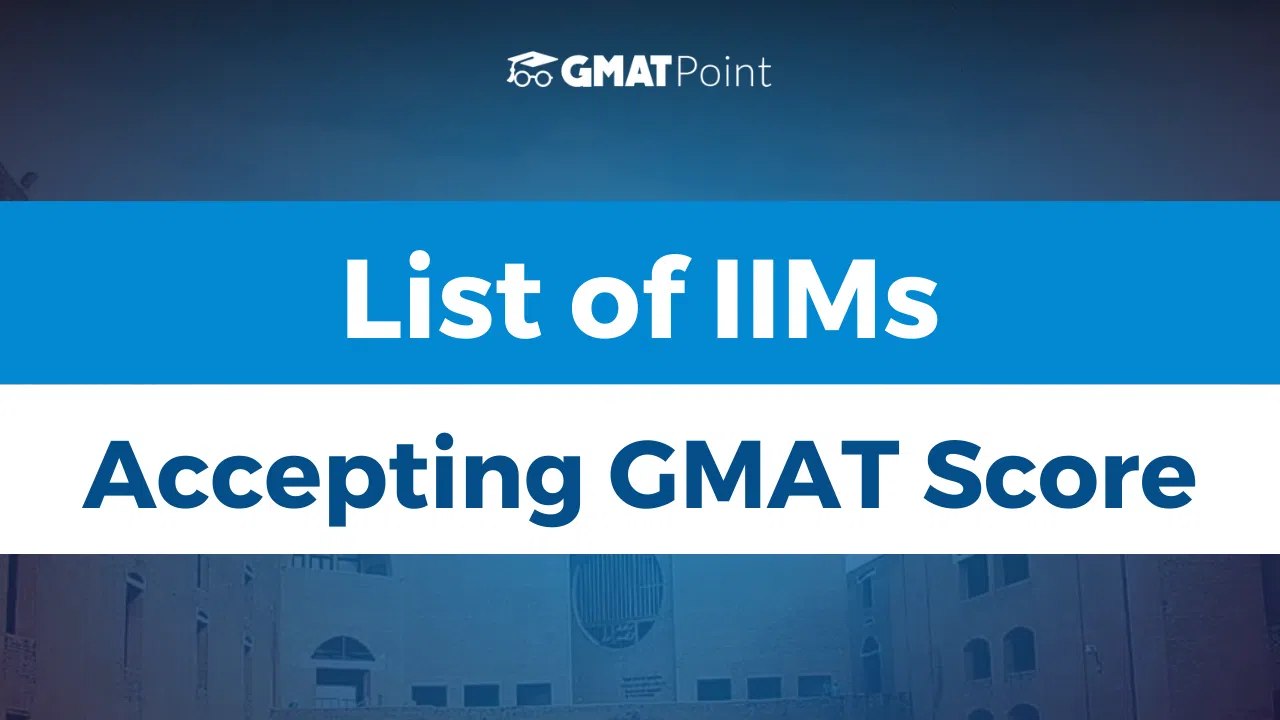To achieve a good score on the Quantitative section, it is essential that you memorize the necessary GMAT Math Formulas. Below you will be finding PDF for Arithmetic complete formulas required for the GMAT Preparation. While preparing solving problems this PDF will be very useful. Befor that, one should be aware of the examination pattern clearly and have a proper GMAT preparation paln
GMAT Arithmetic Formulas:
Before we get started, we'll need to define a few terminology. A sequence, also known as a series, is a group of numbers that can be expressed in a certain order or can simply be a random set of numbers. Arithmetic sequences, also known as arithmetic formulas or arithmetic series, are a set of integers that follow a specified pattern. The pattern is determined by multiplying each number in the sequence by a specified quantity to get the next number in the sequence. The number added for each word in the sequence must be the same, and this number is known as the common difference.
These Arithmetic formulas are used in GMAT Quant Section. They can be used to determine patterns in architecture and also have uses in working with finances.
Various topics covered in this Arithmetic Formulas [PDF] are :
- Properties of Integers
- Fractions
- Decimals
- Real Numbers
- Ratio and Proportions
- Percentages
- Power and Roots of Numbers
- Descriptive Statistics Sets
- Counting Methods
- Discrete Probability
- Profit, Loss and Discounts
Also Check, GMAT Focus Edition Syllabus 2025, Section-Wise Syllabus PDF
Arithmetic operations, such as add, subtract, multiply, and divide, are part of the basic Maths formulas. Algebraic identities also aid in the solution of equations. The following are some of the formulas:
It is necessary to know the first term of the sequence, the number of terms, and the common difference in order to calculate the formulas for an arithmetic sequence. Now,
| Arithmetic Formulas | |
|---|---|
| nth Term Formula | an = a1 + (n - 1)d |
| Sum of First n Terms | Sn = n/2 (first term + last term) |
Where, an = nth term that has to be found, a1 = 1st term in the sequence, n = Number of terms, d = Common difference, Sn = Sum of n terms
Also, take GMAT Mock Test
GMAT Arithmetic Formulas : Conclusion
To perform well on the GMAT Quantitative section, having a strong command over Arithmetic formulas is essential. From properties of integers and ratios to complex arithmetic sequences, these formulas form the backbone of many problem types tested in the exam. The free GMAT Arithmetic Formulas PDF offers a detailed collection of formulas, definitions, and examples that are ideal for daily revision and problem-solving.
Whether you're preparing for the classic GMAT or the GMAT Focus Edition 2025, this resource helps simplify concepts and strengthens your fundamentals. Make sure to incorporate it into your preparation plan to boost speed, accuracy, and confidence on test day.
Also Check, Free GMAT Sample Questions
















